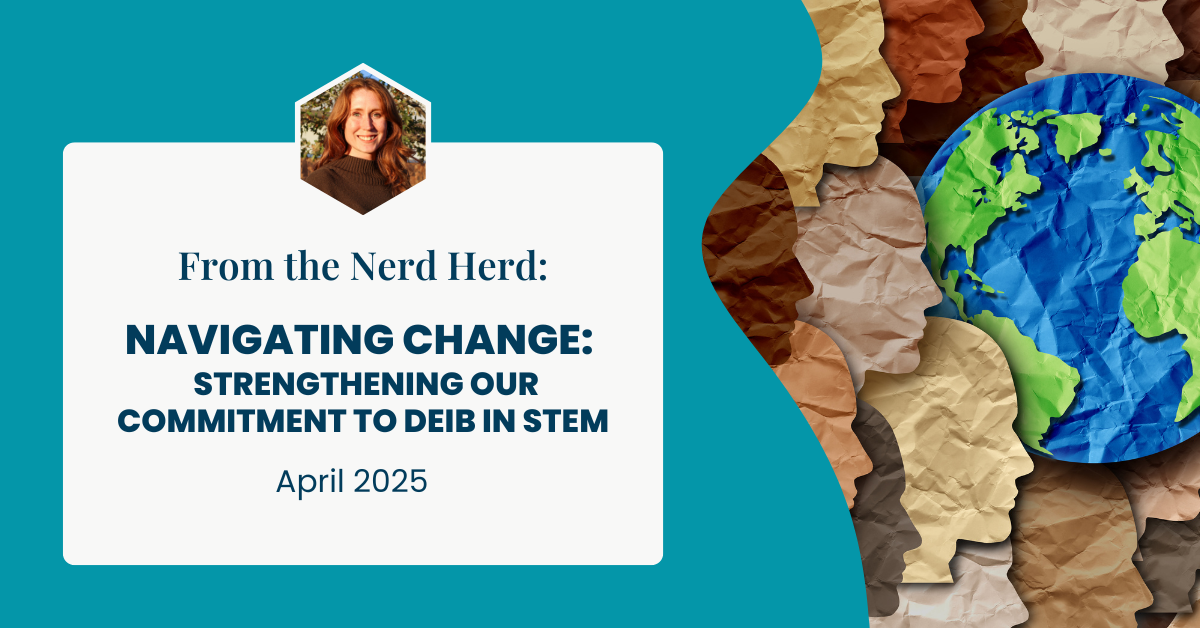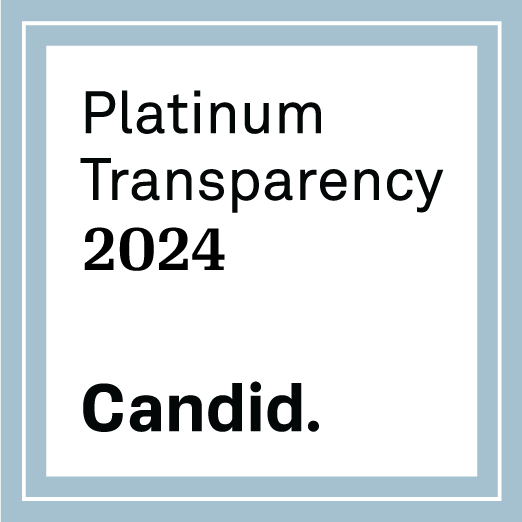Navigating Change: Strengthening Our Commitment to DEIB in STEM
by Jaime Walton—Senior Program Manager
At Tulsa Regional STEM Alliance, we believe STEM is for everyone—and that belief guides everything we do. Even as policies and priorities shift, our commitment to creating inclusive, equitable, and welcoming STEM spaces remains unwavering. These values—often called DEIB—are more than words; they’re the foundation of our work and our future:
At Tulsa Regional STEM Alliance, we believe STEM is for Everyone. Despite efforts to make STEM more accessible, significant challenges and barriers persist. Recognizing this, TRSA is committed to co-developing opportunities that emphasize inclusivity and equitable access so that STEM is Everywhere and All are Welcome.
Our vision is to cultivate a diverse ecosystem where educators, youth, families, and communities feel a sense of belonging and can thrive in a STEM-enabled future. By prioritizing active listening and collaboration with those we work with and serve, TRSA embraces continuous growth, evolving our practices to meet the needs of all individuals and fostering an inclusive, supportive environment in every TRSA STEM space.
During our March STEM in Motion gathering, Executive Director Levi Patrick led a thought-provoking conversation on the shifting federal landscape around DEIB—and what these changes could mean for funding equity-focused STEM initiatives. Levi began by recalling a powerful example from Yellowstone National Park, where the reintroduction of wolves didn’t just restore balance to the ecosystem—it reshaped rivers, regenerated forests, and revived species in decline. This story is a compelling reminder that diversity isn’t just important—it’s essential to a thriving ecosystem, including in STEM. Just as ecosystems rely on biodiversity to remain resilient, STEM fields thrive when diverse perspectives, talents, and backgrounds are included. The ripple effects of one change, whether in policy, funding, or leadership, can be profound, influencing every part of the system in ways we may not yet fully grasp. As federal policies evolve, we must be mindful of how changes in funding and support structures could alter the broader landscape of STEM access and equity.
Through breakout sessions, we worked to develop a shared understanding of these changes and strategized how we can sustain our commitment to broadening participation in STEM without compromising our principles. Here are some key takeaways from the discussion:
- Engage and Advocate – Staying informed and proactive is more important than ever. Some policymakers rely on overwhelming opposition strategies to discourage action, but this moment calls for us to be more engaged than ever. That includes telling our stories to local and state representatives, inviting them to see our work firsthand, and ensuring they recognize that Oklahoma’s economic future depends on an inclusive, skilled STEM workforce. By ensuring that all students—regardless of background—have access to high-quality STEM learning, we build a stronger talent pipeline that benefits employers, strengthens communities, and keeps our state competitive.
- Stay in the Game – Building professional and personal connections will be crucial as we remain flexible, adaptive, and resilient, much like our collective response to COVID-19.
- Do Not Self-Censor – Don’t let fear or news cycles dictate your decisions. Many organizations will choose to opt out of funding opportunities, but that only makes the applicant pool smaller for those who persist.
- Dig into the Data – Data can be a powerful tool to demonstrate impact and drive decision-making. High-quality data allows us to measure disparities, track progress, and make the case for continued investment in equitable STEM education. Leveraging this information strengthens our ability to advocate effectively and create meaningful change.
- Dream Big – Now might be the time to revisit bold ideas that once seemed impossible. What if we paid teachers what they’re worth in the private sector? What if we reimagined the way STEM education is funded and supported? This is the moment to think beyond limitations.
To stay informed, consider exploring these resources:
- Committee for Education Funding (CEF) – Advocates for increasing federal investment in education.
- Vision for American Science and Technology (VAST) – A framework for keeping U.S. science and innovation globally competitive.
- The Great United – A tool to flag policy-aligned language on web pages and connect users to relevant executive orders.
- Tulsa Equality Indicators – A data tool tracking disparities and progress across key community metrics.
A key part of navigating these times is understanding our audience and learning how to present ourselves in an evolving environment without compromising our principles. Equity in STEM isn’t just a matter of values—it’s a strategy for building a stronger workforce and a more resilient ecosystem. By remaining strategic, intentional, and rooted in our mission, we can advance this work in ways that demonstrate its impact across communities, industries, and generations.
Together, we will continue to adapt, advocate, and innovate, no matter what challenges come our way.
Do you need support ensuring that your programming remains accessible for all? Learn more about becoming a TRSA partner.




